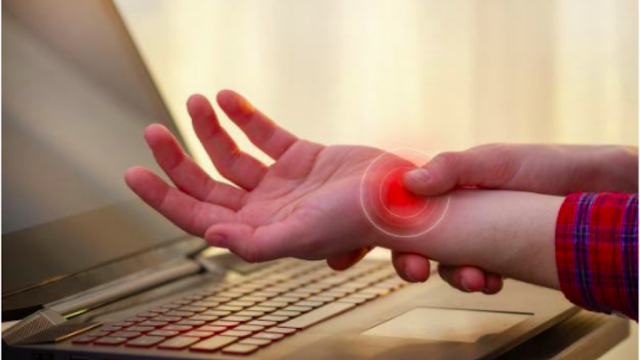How Physiotherapy helps relieve from Back Pain?
Back pain and neck pain are responsible for huge personal and societal costs, and are major causes of work disability. Contrary to traditional thinking, neither back pain nor neck pain is a problem that always resolves itself. Recurrences are usual and their course is very variable. Many researchers have tried to classify back and neck pain and many different methods have been proposed. The most common cause of back ache is known as Mechanical low back pain. The lower back or Lumbar spine is made up of 5 vertebrae which are circular shaped bones separated by a disc which acts like a shock absorber between the bones to cushion the forces generated as we move or put pressure through the spine in bending, lifting and sitting.
The least pressure put through the spine is when we lie down flat. This acts as a natural traction to the spine and we are therefore usually a few millimetres taller in the morning than we are by the end of the day. By sitting we increase the pressure in the Lumbar spine alone by about 1.7 times our body weight. This is when we sit properly, if you slouch that pressure increases further.
The spine is generally strong enough to tolerate this pressure for about 20 minutes, before the discs start to absorb the shock and the lordosis flattens to accommodate for the strain. Most of us will not have any problem with this and won’t be aware that your back is having to take this strain, especially if you are busy with work and have your mind on other things.
However, if your job primarily involves sitting either at a desk or driving or travelling then over the course of the day your spine is getting stiffer and stiffer. Most people roll into a ball in bed at night for perhaps 8 hours. They then sit for meals, drive to work, sit at work, drive home and then sit down and watch the telly before going off to bed again. This means that the spine is bent for approximately 20 hours out of 24 a day! On any given day this may not be a problem but sitting at a desk day after day, driving long distances without a break or repeatedly bending and/or twisting your back, leads to a gradual stiffening of the spine that will eventually result in low back pain.
Over the weeks and months and years, that leads to significant wear and tear on the spine and causes the joints to become stiffer and lose flexibility. When you lose that natural flexibility, trying to do 100% of activity on less than 100% available range of movement leads to injury.
Taking a proactive approach like working with a physiotherapist for a physiotherapy for back pain relief at long last. Over the course of your work with a physiotherapist, your progress will be monitored to ensure that you are recovering.
The goal is to eliminate the back pain so that you can live a normal life. A big part of working with a physiotherapist is that you will learn strategies for movement and carrying out daily tasks in ways that will prevent the pain from recurring.
For example, your therapist will show you proper posture techniques while you are at home, at work or enjoying leisure activities. You will also learn how to keep up a regular exercise regimen to keep your supportive muscles strong, which will prevent the back pain from coming back. If your weight is contributing to your back pain, you will learn nutritional advice in addition to exercise to control your weight and keep back pain at bay.
Physiotherapy for back pain starts with a personalized course of physiotherapy outlined for you. Treatments for back pain will vary based on the diagnosis, your age, weight, physical ability and other factors. Physiotherapy for back pain starts with a discussion of your symptoms. Your therapist will also review your medical history for any past injuries or illnesses that could be contributing to your current pain. Your physiotherapist will also conduct an exam to assess how you are able to move and function as a result of your back pain.


Comments
Post a Comment